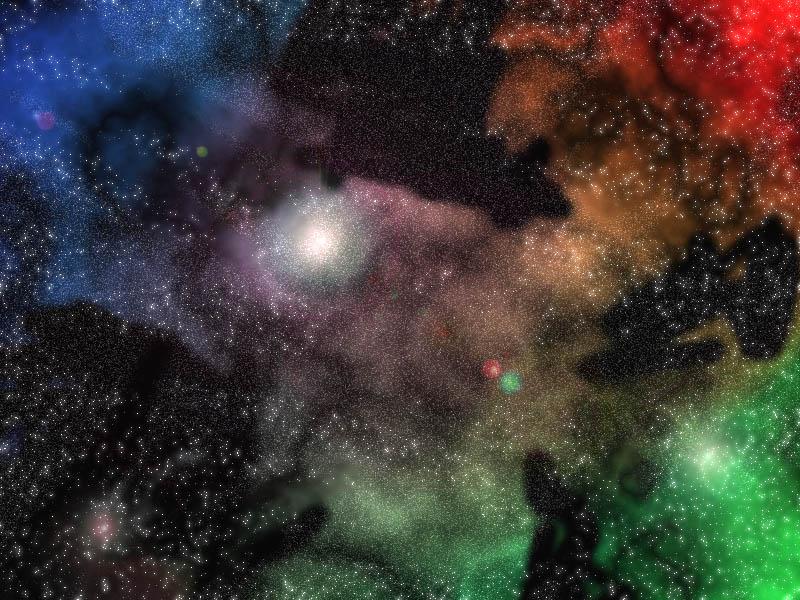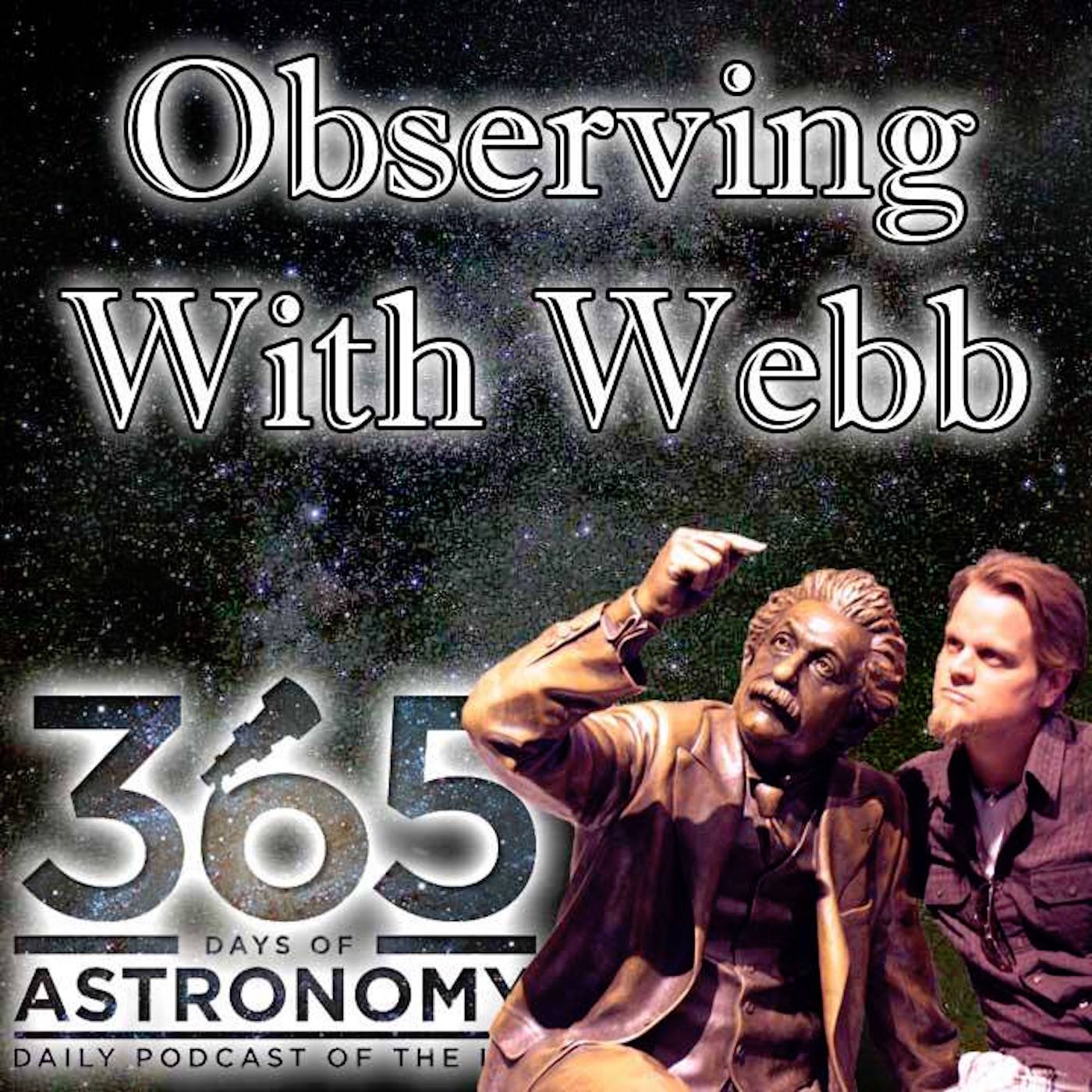Episodes

Friday May 25, 2012
June 2012
Friday May 25, 2012
Friday May 25, 2012
June 2012 has the most exciting (to us nerds) event of the year - the transit of Venus, a partial lunar eclipse for some observers, the summer solstice, and the normal planetary and lunar encounters. EVENTS...
Full Moon - 4th (Visible all night - East around sunset, West around Sunrise)
4th - Partial Lunar Eclipse - Visible in East Asia, Australia, the Pacific, and most of the Americas, but not the northeastern US. Details here.
June 5th - Transit of Venus - Get ready for the Transit of Venus! If you've noticed a very bright object in the western sky after sunset the past couple months, you have probably been looking at Venus - right now it's the brightest object in that area. Between now and June 5th, you'll see it lower and lower in the sky at sunset, getting closer to the Sun. On June 5th, starting around 6:05pm Eastern Daylight Time, Venus will cross directly in front of the Sun (called a "transit"). We will be able to observe the first 2.5 hours of the nearly 7-hour long event, since the Sun sets around 8:30pm. This is almost truly "once-in-a-lifetime" (it happened in 2004, but will NOT happen again until 2117). NASA has a good site with LOTS of information, plus PV will be hosting an event.
Last Quarter Moon - 11th (Visible from midnight into the morning)
17th - Close Encounter - Moon & Jupiter (& Venus) - Get up early and watch the East before sunrise. A VERY thin crescent Moon will be visible to the left and below the bright Jupiter. If you have a good clear view of the horizon you'll be able to see Venus much lower and to the left of the Moon and Jupiter.
New Moon - 19th (darkest skies)
20th - Summer Solstice - This is the longest day of the year in the Northern Hemisphere. There's a bit of explanation as to why here.
21st - Close Encounter - Moon & Mercury - For 30 minutes after sunset, you'll be able to see a VERY thin crescent Moon in the west, with Mercury just 7˚ up and to the right. Pollux and Castor will be will be in a line to the right of Mercury.
25th, 26th - Close Encounter - Moon & Mars - Go out after sunset and find the Moon in the SW. Mars is about 8˚ (the width of one fist at arm's length) above and to the left of the Moon on the 25th, and 9˚ above and to the right of the Moon on the 26th. Look for the reddish object in between Leo and Virgo. Watch them move toward the West throughout the night and set around midnight.
First Quarter Moon - 27th (Visible until midnight)
27th - Close Encounter - Moon & Saturn - Look to the SSW after 9pm and find the First Quarter Moon. Saturn will be the bright object about 8˚ up and to the left of the Moon.
PLANETS...well, the ones visible with your naked eye Planets you can see around Sunset -Mercury (W), Mars (SW), Saturn (S) Planets you can see throughout the night - Mars (SWàW), Saturn (SàW) Planets you can see in the Morning - Jupiter (NE), Venus (NE)Mercury - Might be worth a look later in the month, when it's 10˚ or so above the western horizon at sunset. Close to the Moon on the 21st.
VENUS - In the beginning of the month Venus will be super low on the western horizon. On the 5th it will cross directly in front of the Sun (the transit). Then it will become a morning planet, getting higher and higher in the northeast, and close to Jupiter at the end of the month. A telescope will show it being in its crescent phase.
MARS - In the SW after sunset, and sets around 1am. Look for the constellation of Leo and look for the reddish hued point of light to the left, near Virgo - use a star chart to help. Close to the Moon on the 25th and 26th.
Jupiter - Becoming visible toward the beginning of the month in the morning northeastern sky. Close to the Moon on the 17th.
SATURN - In the south at sunset and setting in the west around 2am. A telescope will show you its rings, and possibly even the shadow of the rings on the planet's surface. Close to the Moon on the 27th.
CONSTELLATIONS... (see sky map link at the bottom for a Star Map for this month - or ask Mr. Webb) Look straight up and you'll see...After Sunset (sunset is around 8:30pm) - Bootes (The shepherd, kite, or ice cream cone). You can follow the arc of the Big Dipper's handle to get to its brightest star Arcturus.
Midnight - Hercules - Extra Challenge! Look for M13, the Hercules Cluster in between two of Hercules' "keystone" stars. It known as the best globular cluster in the northern skies. It, like will be a fuzzy spot in binoculars and will be even cooler through a telescope
Early Morning - Lyra, Cygnus, Lacerta - These are the Summer constellations, and since they are starting to rise in the morning now, that means that summer is on its way. Extra Challenge! Look for M57, the Ring Nebula in between two of Lyra's stars. It is 2,300 light years away, which means we're seeing what it looked like 2,300 years ago. The shell that you see is the remnants of the central star that blew up some 20,000 years ago. It has a donut-like appearance through a telescope. It'll be easy to find, but tough to see in binoculars, so get the scope out for this one.
GENERAL CONSTELLATION FINDING TIPS: Spring constellations: Bootes, Virgo, Leo, Corona Borealis, Hercules.First find the Big Dipper in the North (a North Circumpolar Asterism that never sets) and look at the handle. Starting at the star closest to the "cup" part, follow the rest of the stars in the handle and follow the arc to Arcturus. Arcturus is the brightest star in Bootes the Shepherd. Some say he looks more like a kite, others say more like an ice cream cone.
Then, following the same "arc", speed on to Spica. Spica is the brightest star in Virgo. Virgo's a dimmer constellation, so you'll be rewarded when you find her.
To the left of Bootes is Corona Borealis. This is a small collection of stars that make a crown, cup, or U shape in the sky.
To the left of Corona Borealis is the great constellation of Hercules. Hercules is the Hero of the sky and has a central "keystone" asterism, in which lies M13, the Hercules Cluster.
Lastly, Leo is a constellation consisting of a backward question mark (or sickle) and a right triangle to the left. Use the two Big Dipper "cup" stars that are in the middle of the Big Dipper and follow the line they make to the bright star Regulus, the brightest star in Leo.
Use a sky map from www.skymaps.com to help you out.

No comments yet. Be the first to say something!